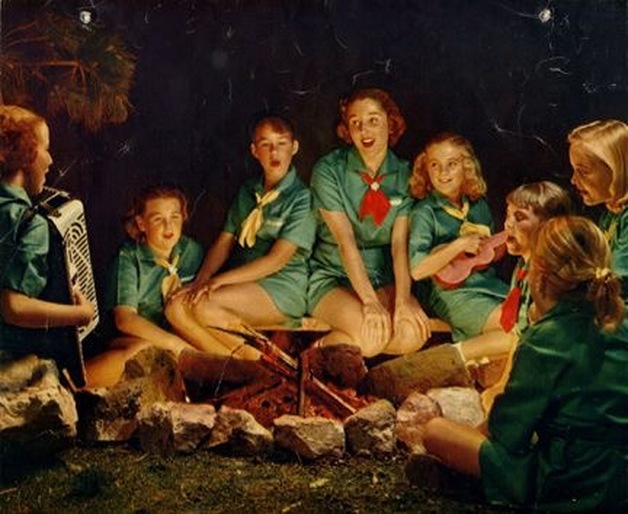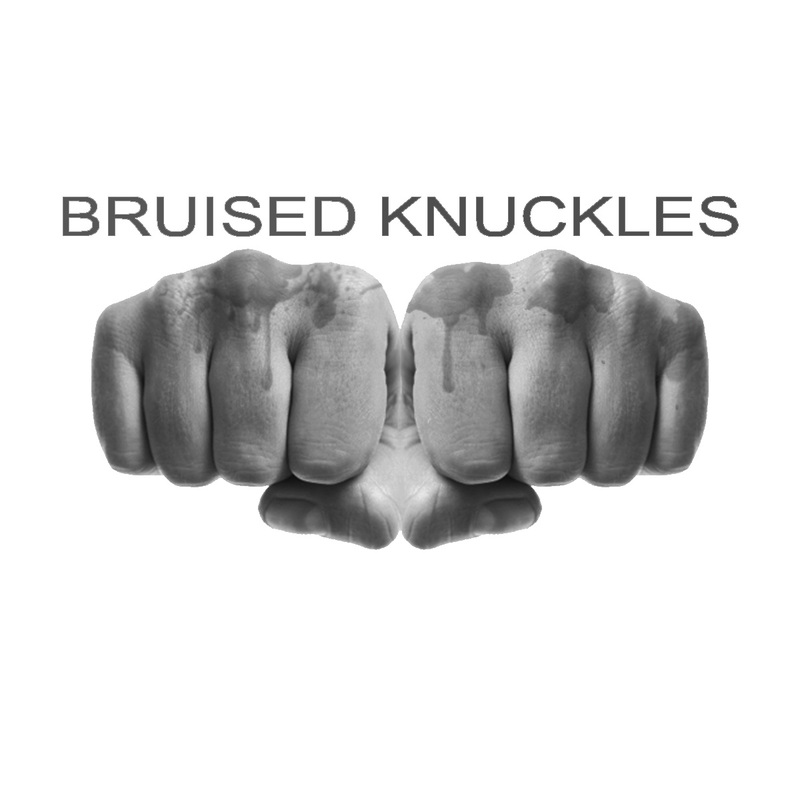|
In honor of August 10th, I would like to wish everyone Happy National S’mores Day! As I was making s’mores dip with my siblings, my mum—a born and bred Brit—told us she had never had a s’more until she married my American dad. Safe to say we were mortified. It’s not just my mum though. S’mores are a classic American dessert. While on my study abroad, very few non-Americans knew what I was talking about when I described this treat. This brought me to wondering how s’mores began and why Americans are so enthralled by them. The delight one gets from eating a perfectly fire roasted marshmallow between two graham crackers and chocolate is no secret, but s’mores have quite an ambiguous history. Though the origin of s’mores is unknown, the Girl Scouts of America are often credited for the first official publication of the recipe. In 1927, troop leader Loretta Scott Crew wrote the recipe for “Some more” in Trailing with the Girl Scouts. Crew cautioned those who wished to indulge in the graham crackers, Hershey’s chocolate, and marshmallows combo—“Though it tastes like ‘some more’ one is really enough.” Photo courtesy of Girl Scouts of America To understand s’mores, one has to know the origins of marshmallows. Marsh mallow was originally made from a swamp plant similar to hollyhock native to Europe and Western Asia. In the Middle Ages, the sticky white sap from the roots was used to cure sore throats. Chunks of marsh mallow roots were candied and made into “suckets”—like vintage cough drops. In the mid-1800s, the French transformed the acidic sap into something enjoyable to eat. By mixing the sap with meringue—frothy egg whites combined with sugar—and pouring it into molds, a delicious chewy candy was made. As this process was time consuming and labor intensive, marshmallows were expensive and, therefore, a delicacy of the upper class. By the late 1800s, the mallow extract was replaced with gelatin to provide structure to the marshmallow. With cheaper ingredients and faster production processes, marshmallows became affordable and, therefore, common amongst all economic classes. Marshmallow roasts became a quintessential part of summer in the nineteenth century. In 1892, a publication stated, “The simplicity of this form of amusement is particularly charming. One buys two or three pounds of marshmallows, invite half a dozen friends, and that is all the preparation required.” According the same publication, the best way to eat a roasted marshmallow was straight off the stick—or your neighbor’s. Apparently, this was “an excellent medium for flirtation.” Maybe I’ll test it out! Now, I know almost everyone has perfected their own roasting method, but for those of us who may want a few tips and tricks of the trade look no further than the National Marshmallow Roasters Institution. It has branches in Sacramento, Columbus, and Paris! Even the recipes have seen their changes over the years. Hersey’s is replaced with Reese’s or Almond Joys. The graham crackers are replaced with cookies or pretzel chips. Though a little adventure never hurt anyone, sometimes nothing can beat the classic. Check out the original 1927 recipe below! Photo courtesy of Girl Scouts of America
0 Comments
|
What we're eating. Archives
January 2017
Categories |




 RSS Feed
RSS Feed
